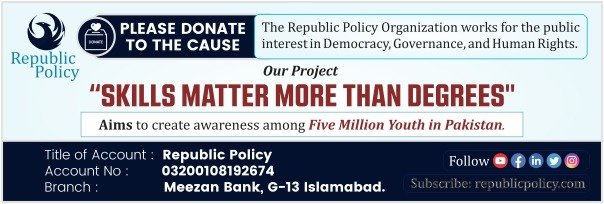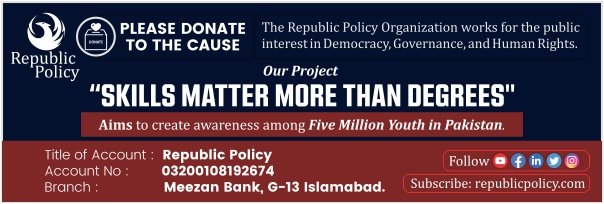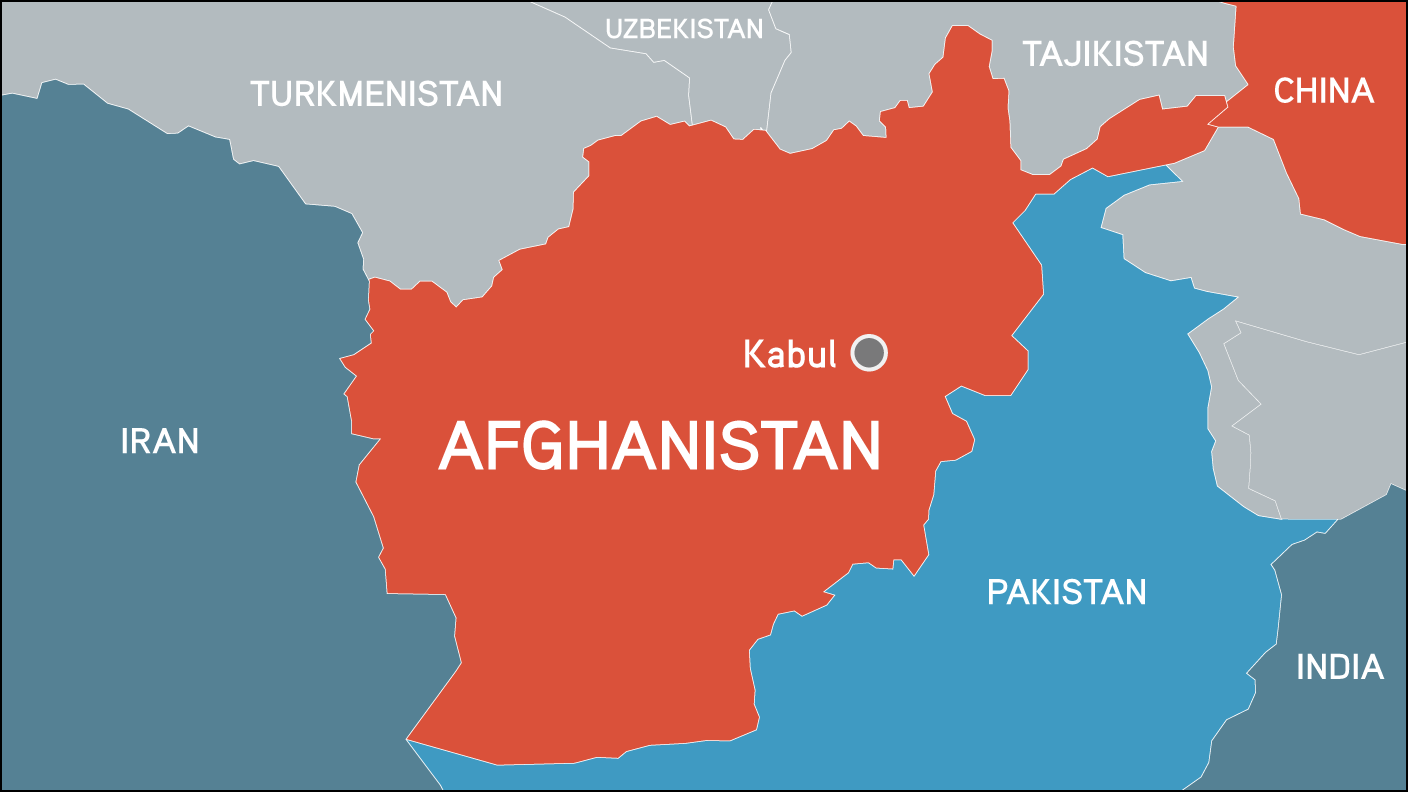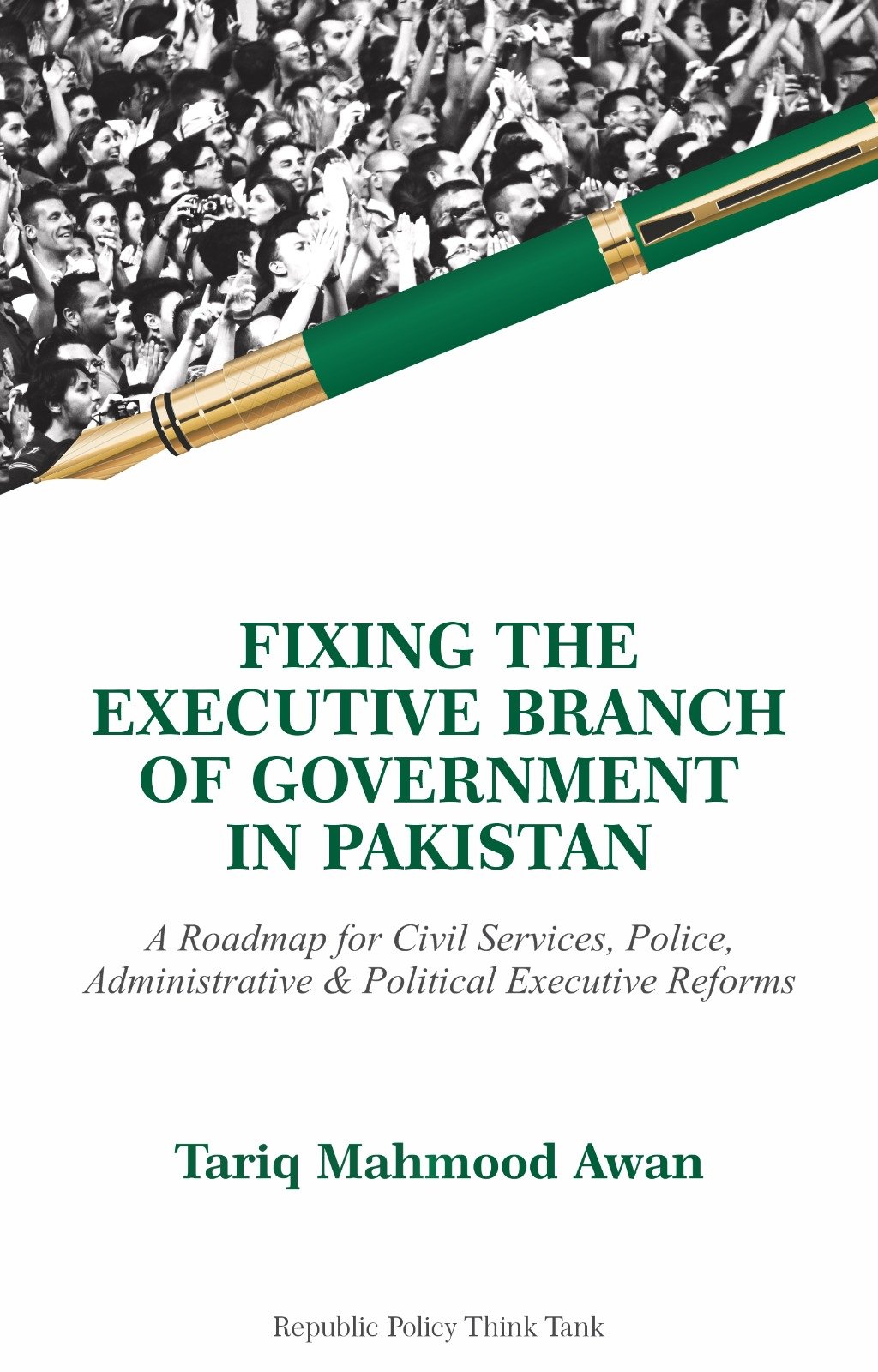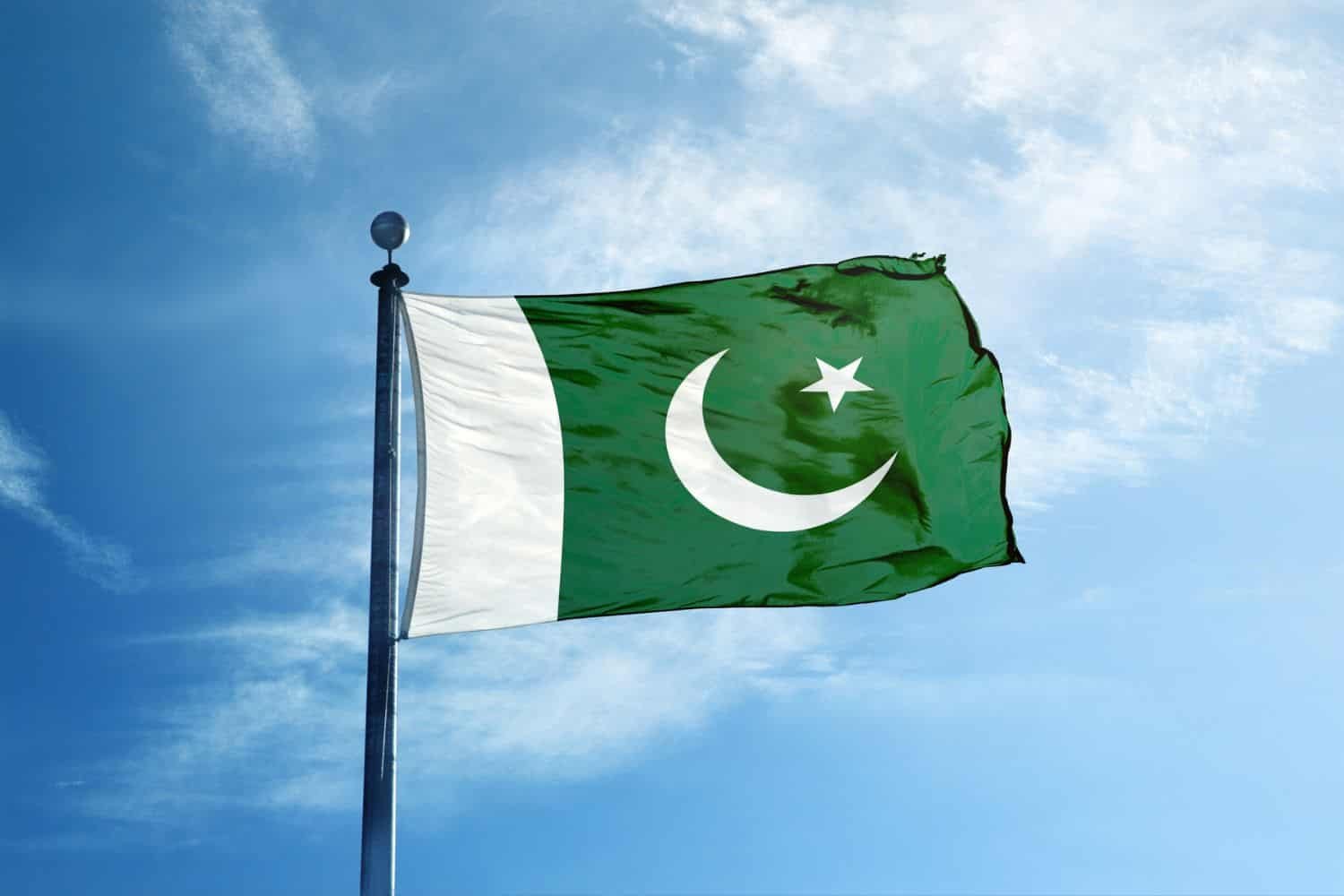Dr Shabana Safdar Khan
Pakistan’s performance in the Global Gender Gap Report 2025 is a stark reminder of how entrenched gender inequalities remain. Scoring just 0.567 (56.7 percent), the country now ranks last out of 148 nations, falling even further from its 145th place in 2024. This ranking not only reflects a moral and social challenge but also signals a critical economic threat for a nation struggling to achieve sustainable growth.
The weakest link lies in economic participation and opportunity, where women achieve only 30.4 percent parity compared to men. Even more concerning, women hold a mere 6.1 percent of senior or leadership positions, exposing how limited their role is in shaping economic decisions. Education paints a slightly better picture, with literacy parity at 70.2 percent, yet gender gaps persist across primary and secondary enrolment levels, particularly in rural regions.
On health and survival indicators, Pakistan performs relatively better, showing near parity in life expectancy and sex ratio at birth. However, this small consolation is overshadowed by dismal political empowerment figures: no female ministers currently serve in the federal cabinet, and women hold only 20.5 percent of parliamentary seats. These statistics collectively illustrate the systemic barriers preventing women from fully participating in national life.
The economic consequences of this widening gender gap are profound. Women make up less than a quarter of Pakistan’s labour force, and those who are employed are disproportionately concentrated in low-wage, informal, or home-based work. This underutilisation of half the population reduces household incomes, diminishes national productivity, and constrains the country’s ability to compete in high-value industries.
Sectors like technology, healthcare, and finance, which require skilled talent, suffer when women remain underrepresented. In parallel, persistent gender gaps in education weaken the future pipeline of skilled workers, making it difficult to fill critical roles in emerging sectors. Together, these structural gaps contribute to sluggish job creation, low foreign investment, and the entrenchment of inequality, leaving Pakistan in a cycle of limited growth and social stagnation.
https://www.youtube.com/@TheRepublicPolicy
Regionally, Pakistan’s performance is well below the South Asian average of 0.646, lagging by nearly eight percentage points. It also underperforms against its income peers by around ten points. Even within the region, comparisons are sobering. India, ranked 129th with a score of 0.643, outperforms Pakistan on most indicators. Bangladesh, at 24th with a score of 0.775, has achieved near-complete educational parity and is a global model for women’s political leadership and inclusion.
The contrast highlights that Pakistan’s challenges are not inevitable; they are the product of policy inertia, cultural barriers, and weak institutional reforms. Neighboring countries with similar social and economic contexts have demonstrated that determined efforts to empower women can produce rapid gains in both societal equity and economic performance.
Global examples offer valuable lessons. Bangladesh and Rwanda demonstrate how political empowerment acts as a catalyst for broader transformation. Female leaders in government often champion inclusive policies, serve as role models, and break social barriers, encouraging more women to join the workforce and participate in decision-making.
Similarly, the Philippines has leveraged near-universal education parity to feed a steady pipeline of women into higher-skilled and higher-paying jobs, while Vietnam has shown that labour reforms, childcare support, and equal pay legislation can significantly raise female workforce participation. These countries did not rely solely on passing laws; they actively shifted social norms, enhanced safety and mobility, and invested in leadership pathways for women.
https://facebook.com/republicpolicy
For Pakistan, the roadmap to closing its gender gap is both clear and challenging. It must invest heavily in female literacy and secondary education, ensuring that girls not only enroll in schools but also complete their education. Labour laws need to be reformed to ensure safe and flexible workplaces, with enforcement of equal pay policies and support for women in formal employment. Furthermore, intentional promotion of women into decision-making roles across government, business, and civil society is essential for long-term change.
Cultural transformation must accompany institutional reforms. Shifting public perception of women’s roles, improving transport safety, and expanding childcare infrastructure are necessary steps to break the cycle of exclusion. Without these interventions, Pakistan risks remaining anchored at the bottom of global gender rankings, bearing both the economic and social costs of systemic inequity.
https://instagram.com/republicpolicy
The message from international experience is unequivocal: gender equality is not a luxury; it is a foundation for economic resilience and social stability. Countries that invested in female education, political participation, and labour inclusion have witnessed accelerated growth, reduced inequality, and stronger social cohesion. Incremental reforms will not suffice; Pakistan needs bold, comprehensive, and time-bound actions, supported by political will and societal consensus.
Failure to act decisively will not only keep the nation at the bottom of global rankings but also lock its economy into low productivity and missed opportunity. Pakistan has the potential to unlock a new era of prosperity, but only if it chooses to fully include its women in shaping the nation’s future.


